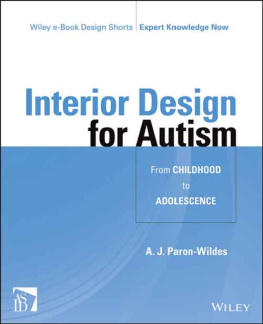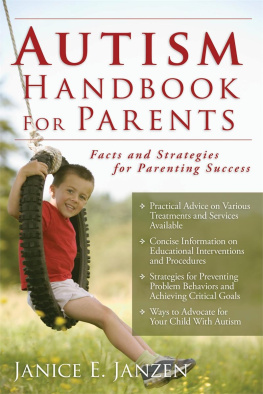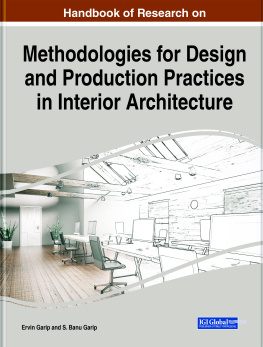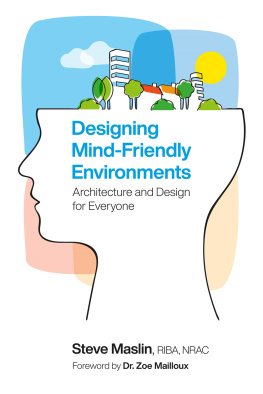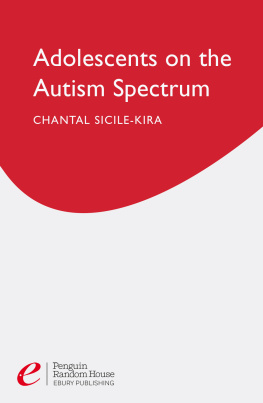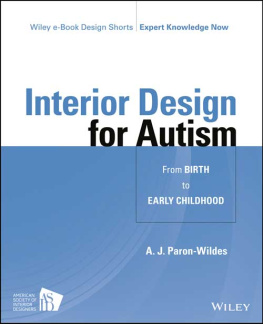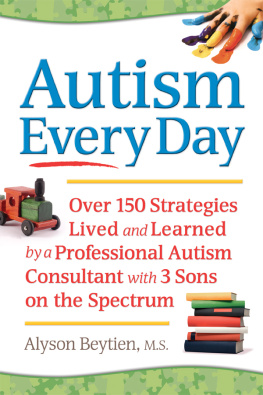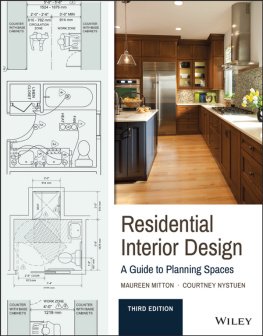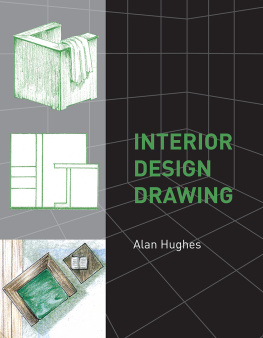Cover design: Wiley
Cover image: iStockphoto.com/WMHdesigns
This book is printed on acid-free paper.
Copyright 2014 by John Wiley & Sons, Inc. All rights reserved
Published by John Wiley & Sons, Inc., Hoboken, New Jersey
Published simultaneously in Canada
No part of this publication may be reproduced, stored in a retrieval system, or transmitted in any form or by any means, electronic, mechanical, photocopying, recording, scanning, or otherwise, except as permitted under Section 107 or 108 of the 1976 United States Copyright Act, without either the prior written permission of the Publisher, or authorization through payment of the appropriate per-copy fee to the Copyright Clearance Center, 222 Rosewood Drive, Danvers, MA 01923, (978) 750-8400, fax (978) 646-8600, or on the web at www.copyright.com . Requests to the Publisher for permission should be addressed to the Permissions Department, John Wiley & Sons, Inc., 111 River Street, Hoboken, NJ 07030, (201) 748-6011, fax (201) 748-6008, or online at www.wiley.com/go/permissions .
Limit of Liability/Disclaimer of Warranty: While the publisher and author have used their best efforts in preparing this book, they make no representations or warranties with the respect to the accuracy or completeness of the contents of this book and specifically disclaim any implied warranties of merchantability or fitness for a particular purpose. No warranty may be created or extended by sales representatives or written sales materials. The advice and strategies contained herein may not be suitable for your situation. You should consult with a professional where appropriate. Neither the publisher nor the author shall be liable for damages arising herefrom.
For general information about our other products and services, please contact our Customer Care Department within the United States at (800) 762-2974, outside the United States at (317) 572-3993 or fax (317) 572-4002.
Wiley publishes in a variety of print and electronic formats and by print-on-demand. Some material included with standard print versions of this book may not be included in e-books or in print-on-demand. If this book refers to media such as a CD or DVD that is not included in the version you purchased, you may download this material at http://booksupport.wiley.com . For more information about Wiley products, visit www.wiley.com .
Library of Congress Cataloging-in-Publication Data
Paron-Wildes, A.J., 1972
Interior design for autism from childhood to adolescence / A.J. Paron-Wildes.
1 online resource.
Includes bibliographical references and index.
Description based on print version record and CIP data provided by publisher; resource not viewed.
ISBN 978-1-118-68031-5 (Adobe PDF) ISBN 978-1-118-68038-4 (ePub)
ISBN 978-1-118-68023-0 (pbk.)
1. Interior architecturePsychological aspects. 2. Interior decorationPsychological aspects.
3. Senses and sensation in interior decoration. 4. Autistic children. 5. Autistic youth. I. Title.
NA2850
729.087'4dc23
2013037371
OVERVIEW
Admittedly, I would agree with most mothers when they say their world changed completely the day their child was born. However, I would also add my world collapsed the day my son was diagnosed with autism. Not only did my world change, but I was transported suddenly to another universea drastically different, nonsensically altered universe.
It was depressingly frustrating to recognize that I could muster so little strength to offer my child, strengths to bring to bear in my child's fight, my child who would need so much. I could not provide him with the tools of change he needed, the tools a speech therapist could provide or a behavior therapist could provide or a psychologist could provide. However, I remembered I was a creative designer by trade and by personality a designer who loved to problem-solve, and this was the most important problem of my life.
The following is my story. It is a very difficult tale to tell and may be difficult to read. However it will give insight to the importance of the research.
My son was diagnosed with severe autism at the age of three. Up until 15 months he was developing normally in his speech, in his motor coordination, and his social skills. He was a beautiful, engaging baby boy who loved to hug and interactfor example, playing hide and seek. He had some basic word development at one year of age such as saying mama, downstairs, outside, and cheese, but all of that started to slip away after he was 15 months of age. He regressed significantly and very suddenly. All verbal expression ceased, and he became distant as if he were in his own little world. We were all perplexed as to what was happening to him. By the time he was properly diagnosed, he was in the depths of severe autism and was exhibiting self-injurious behaviors. He bit his arms till he bled, banged his head on the floor till it was bruised, and refused any contact or touch from others. My husband and I were devastated. My loving and animated young son vanished and was replaced by this shell of a human being.
Searching for answers, I started reading. I so desperately wanted to reach this child of mine, but the rules of engagement were all changed. I did not know what he was thinking or even what he wanted. It was such a terrible time in our life. One book in particular really touched me. Temple Grandin's Thinking in Pictures: My Life with Autism (2010) . She described how she experienced the world around her, and it was nothing like how normal people perceive it. Sensory integration (the ability to process sensory stimulation) was at the heart of the difference. As I thought about design, it dawned on me this was the key. We designers design to the experience of our senses: what we see, what we hear, what we taste, what we feel, and what we smell. Obviously, our design will not satisfy the needs of individuals with altered sensory issues. If their designed world and their environmental experiences are totally different from ours, then their environmental design requirements are completely different as well.
This was the basis and the passion of my research. You see, when my son was three years old, we could not take him out of his known environment. We could not take him to church, to the store, to a playground. He could not interpret his surroundings because they were overstimulating and unpredictable; he would respond with a tantrum that would last for hours. With almost no receptive language capability, he lacked the ability to process what was being said to him; as with other autistic children, he did a little better with sign language than with the spoken word. However, he had very little intellectual resources to communicate his needs and his wants other than throwing a tantrum.
I knew he was intelligent by his uncanny ability to master complex toys and puzzles and he could understand me visually by my actions and where I pointed. However, by no means did he act normal . The depths of despair for a parent with a young child with autism is wondering how he or she will survive in life, especially after his or her parents are gone.
A young child learns and develops by seeing, imitating, practicing, and engaging. Children with autism do not perform those activities naturally. They need to be motivated, inspired, and taught what is instinctive to others.
The meaning of the word autism comes from the Greek word autos , meaning self. I knew if we assented to this child doing what he wanted, he would shut out the world around him, including his family, who loved him dearly.

